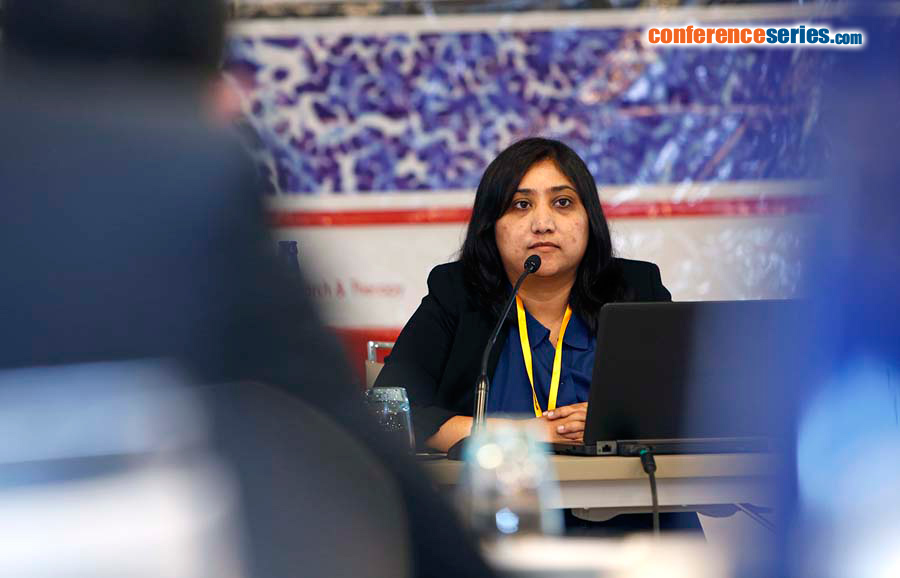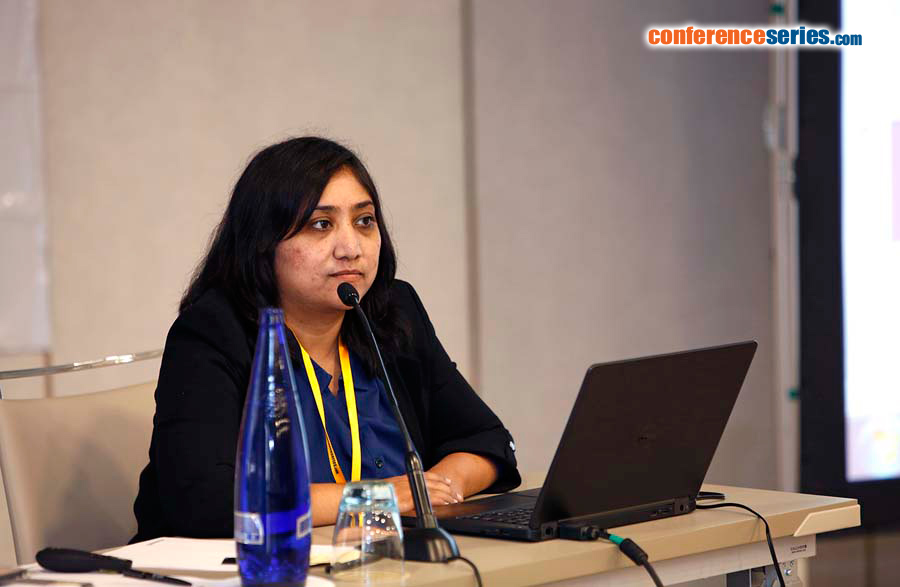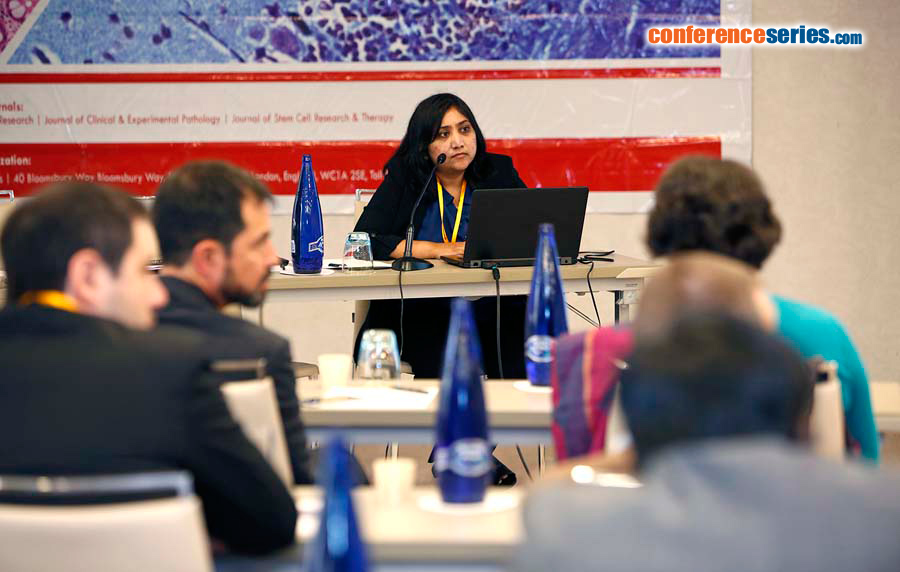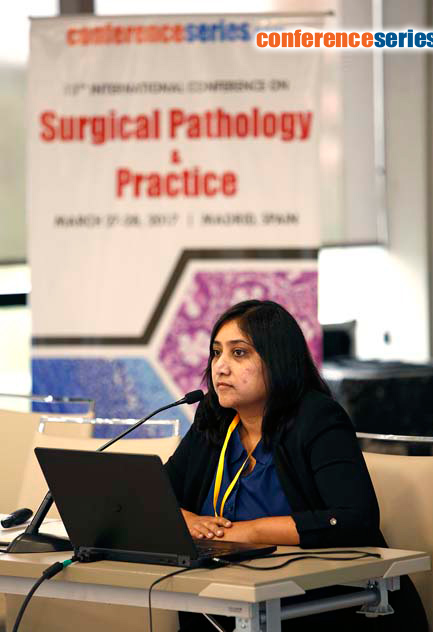
Kokila Sreeramaiaha
Bangalore Medical College and Research Institute, India
Title: Neuroendocrine differentiated breast carcinoma- Diagnostic and prognostic implications
Biography
Biography: Kokila Sreeramaiaha
Abstract
Neuroendocrine differentiation in breast carcinomas is rare with an incidence of 2−5%. Among the histopathological subtypes, mucinous carcinoma of breast appears to have the greatest association with neuroendocrine differentiation. This is the report of a case of infiltrating ductal carcinoma with extensive neuroendocrine differentiation. The patient, a 65-year-old elderly female clinically presented with a mass in the upper outer quadrant of the left breast. FNAC of the breast mass revealed cytological atypia and pleomorphism, suggestive of malignancy; ultrasonogram of the breast lesion was reported as BIRADS –V. Grossly the tumour measured 6×5×4 cms3. The cut surface of the tumour was grey white with areas of hemorrhage and necrosis. Microscopically, the tumor was composed of a predominant neuroendocrine component admixed with infiltrating ductal component. Extensive areas of necrosis were also evident. The tumour cells which were arranged in sheets, trabecular and lobular patterns had moderate cytoplasm with round to oval nuclei exhibiting salt and pepper chromatin. Rosette-like arrangement of tumour cells was also noted. Focally, tumor cells showed pleomorphism with abundant cytoplasm, irregular vesicular nuclei and prominent nucleoli. On immunohistochemistry, the tumour was triple negative (ER -ve, PR -ve, Her2 -ve). Neuroendocrine markers showed strong S100 positivity and patchy synaptophysin and chromogranin positivity. Results of molecular testing are awaited. This case is presented to highlight that it is important to classify neuroendocrine breast tumours as primary neuroendocrine carcinoma when more than 50% of the tumour shows neuroendocrine features and as neuroendocrine differentiated breast carcinoma when neuroendocrine features is present in less than 50% of the tumour. While primary neuroendocrine carcinoma of the breast carries a worse prognosis, neuroendocrine differentiated breast carcinoma does not confer a poor prognosis nor carry a poor clinical outcome.




